We featured part one of the Modern Golf fitting experience earlier and started with their Blueprinting process. The Blueprinting process measured all of the specifications of our golf clubs – swing weight, shaft length, shaft stiffness, lofts, lies and even grip thickness. This would lay the foundation for the rest of the fitting as our fitter, Dean Walters (head club fitter and manager of Modern Golf Vancouver) brought us over to the fitting area with a full TrackMan set up to start warming up and analyze our Trackman Numbers with our own clubs.
Six-irons were used as the focus for the fitting and with the use of TrackMan, numbers were analyzed and areas that can be improved were pointed out. Whether the improvements could be made with launch angle, spin rates or other statistics, Dean was a great help in explaining in detail what the TrackMan numbers meant and what he felt would be optimal for our swings.
For our first team member, he is playing a set of stock Callaway X-18 irons with Uniflex Shafts. This was bought off the rack in 2008 – over years of driving range practice, you can imagine some of the lofts and lie angles to gradually change from hitting on a hard mat as seen in our Blueprinting. After warming up, Dean selected several iron heads and shafts to test out including the Callaway Apex irons, Callaway X2 Hot irons, the Taylormade Tour Preferred CB irons and Titleist 714 AP2 irons. These iron heads use fuse fit technology to ensure the iron head and shaft are connected as one like a real built club when testing.
For the purpose of this article, we’ll focus on the numbers that we found most interesting: the averages for spin rate, launch angle, carry, total distance, height and side total. TrackMan data takes expertise to understand and explain to your everyday golfer, but Dean did a tremendous job in explaining what each number meant and the numbers that he would try to fit us to. You can find out more about TrackMan numbers in our TrackMan Fundamentals series features. You can see the full TrackMan data below for the sets of irons tested. For the stock Callaway X-18 irons, the averages were:
Club: Callaway X-18, Uniflex shaft, 6-iron
Spin rate: 4626
Launch angle: 19.1 degrees
Carry: 175.3 yards
Total Distance: 186.2 yards
Height: 95.4 feet
Side Total: 30.0 feet left
Staying in the Callaway family first, Dean set up a Callaway Apex 6-iron with KBS Tour V stiff shafts. The difference could be felt immediately, right when we picked up the club and took the first practice swing. The big miss for this team member is a hook and through the fitting, Dean found that the lie angle on his stock irons were a little too upright, so for the Callaway Apex irons, the lie angle was set 2 degrees flatter.
The results were unreal – new technology in addition to a shaft that fits the player rather than the stock uniflex shafts not only helped this team member gain more distance, but also gain consistency. Carry distance increased by 23 yards and total distance increased by 25 yards, while hitting the ball higher and straighter. This team member went from averaging 30 feet left off line, to just 1.4 feet right off line – that will definitely help the scorecard! Take a look at some highlight numbers below:
Club: Callaway Apex, KBS Tour V stiff, 6-iron
Spin rate: 3656
Launch angle: 18.4 degrees
Carry: 197.0 yards
Total Distance: 211.1 yards
Height: 101.0 feet
Side Total: 1.4 feet right
As you can see above in the dispersion chart, the big miss left was minimized, consistency improved and distances increased through this fitting with Modern Golf Vancouver. The stock Callaway X-18 irons are in white, the Callaway Apex irons with KBS Tour V stiff shafts are in yellow and teal while the Taylormade Tour Preferred CB irons with UST Mamiya Recoil 125 F4 shafts are in purple. What we would love to try would be the Callaway Apex Irons with the UST Mamiya Recoil 125 F4 shafts – now that would be interesting on the TrackMan!
With such distance and consistency left on the table after buying stock irons off the rack, you can see how essential it is to get fitted for your golf clubs to maximize your golf swing!
Our second team member who was fitted by Dean came in with Mizuno MP-59 irons with KBS Tour stiff shafts, bought through a local retailer during a demo sale. These clubs were custom fit for a previous golfer, so the blueprinting was probably the most valuable resource during this fitting to find out the exact club specifications. These are precision irons that this team member preferred to stay with, so Dean started the fitting with the Mizuno MP-59 iron heads, but with a different shaft (CTAPER 120S). Other irons were tested but the results on the trackman were nearly identical to the current set of Mizuno MP-59’s, though three yards of carry and total distance were gained.
Seeing this was the case, Dean recommended that no change was needed! The current set this team member was playing was already ideal for their own unique swing. Through the blueprinting though, Dean did find that the clubs were about one inch longer than standard and the grip was definitely thicker than standard. He recommended getting the shafts reduced in length as well as regripping the club for better feel, which we did!
It turns out that there were one inch extenders inside the grips which lengthened the clubs. Those were taken out and the clubs regripped by Dean himself, making the set now standard length and standard grip size! He even helped to readjust some of the lie angles on this set of irons after reviewing our blueprinted specifications!
After the fitting process, the specifications are sent to the Modern Golf Toronto location to be custom built for the customer. In the build process, Dean talked about having every shaft “pured” – SST PURE Shaft Alignment is utilized to make sure all golf clubs perform consistently. SST PURE technology locates the most stable orientation of any golf shaft to minimize off-line bending and twisting. You can find out more on the SST PURE website and by watching the video explanation below:
Overall, this was our first fitting experience ever and it was an eye opener to see how much could be gained through a proper club fitting. Although we only featured the irons in this post, we were also fitted for 3-woods and drivers as well, but by that time, we battled fatigue and our swings had left us. A great way to stay fresh and to optimize your fittings would be to break the fitting apart into several days rather than get fit for an entire bag in one day, which takes from 3.5 to 4.5 hours – after so many swings with all those irons, we were TIRED!
Whether you’re a serious golfer or a recreational golfer, a club fitting will only help your game! We definitely recommend it to all golfers, or at least visit to get your own irons dialed in on TrackMan and get some of your numbers analyzed to help with your swing! Make sure to leave us a comment and let us know if there is anything more you’d like to know or if you have any questions about our experience!
Source: Modern Golf


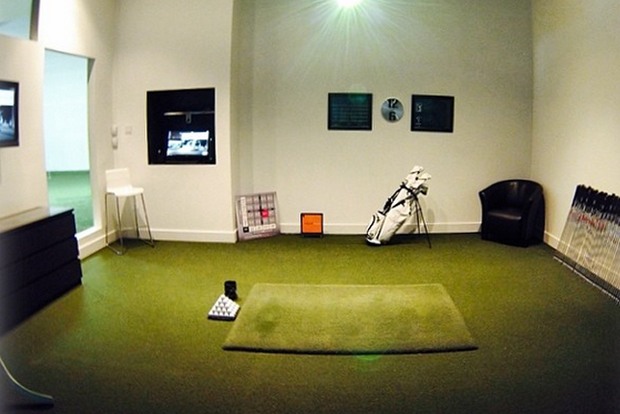

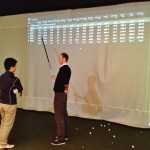
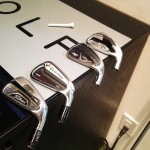
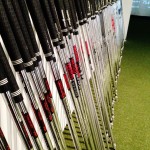
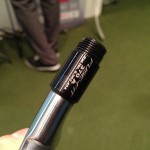

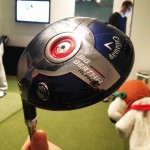
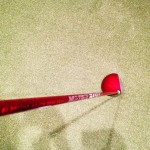
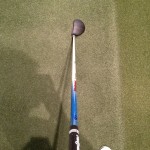
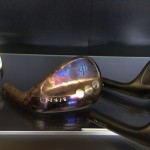
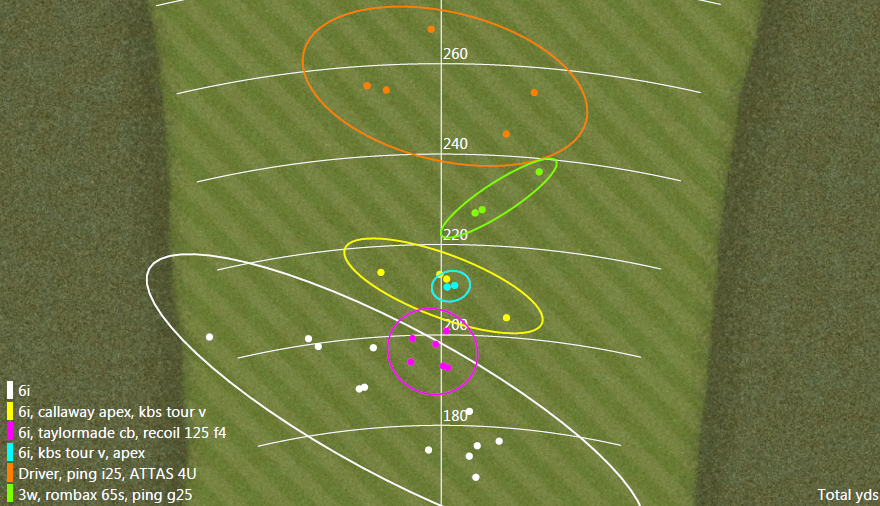
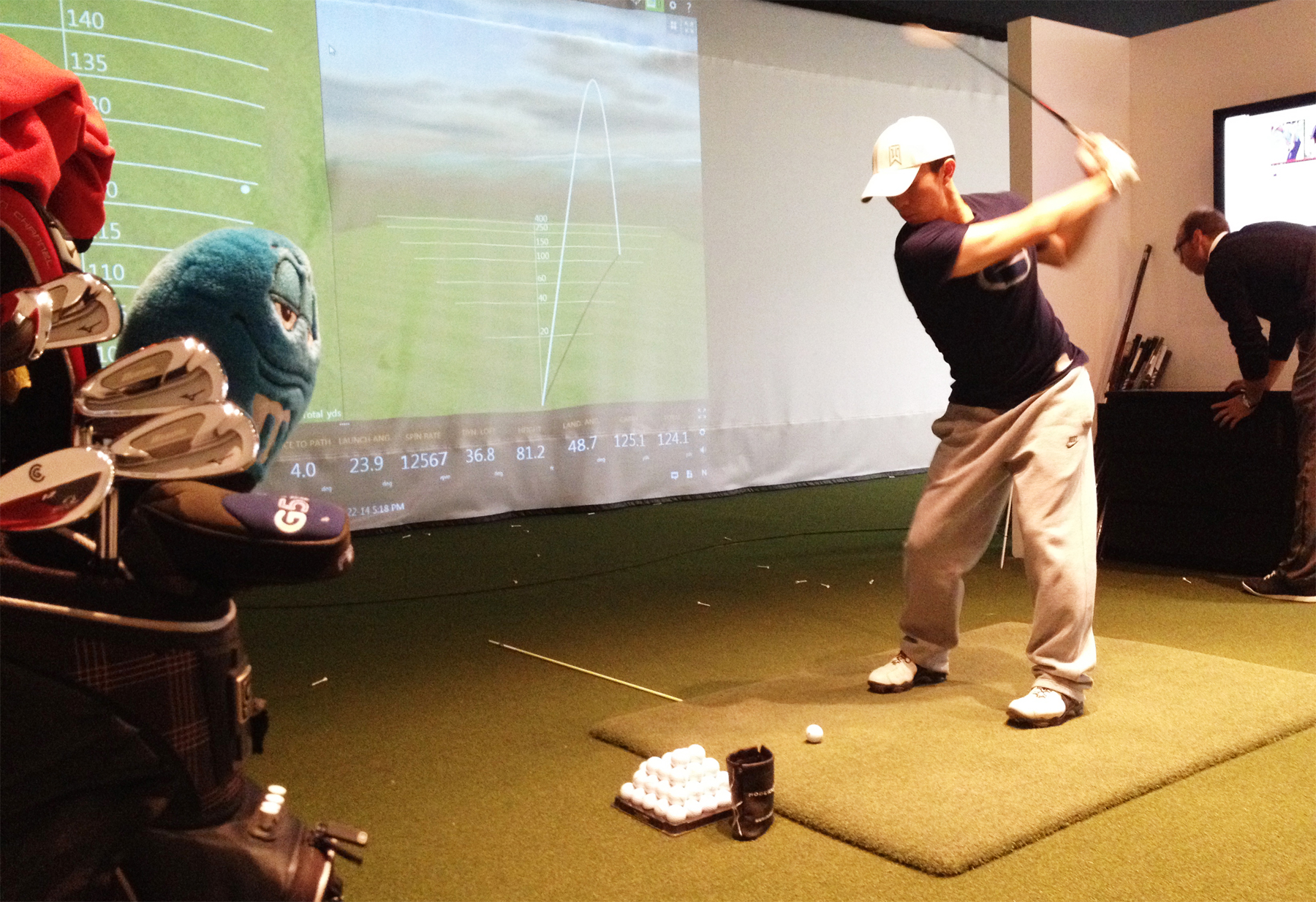
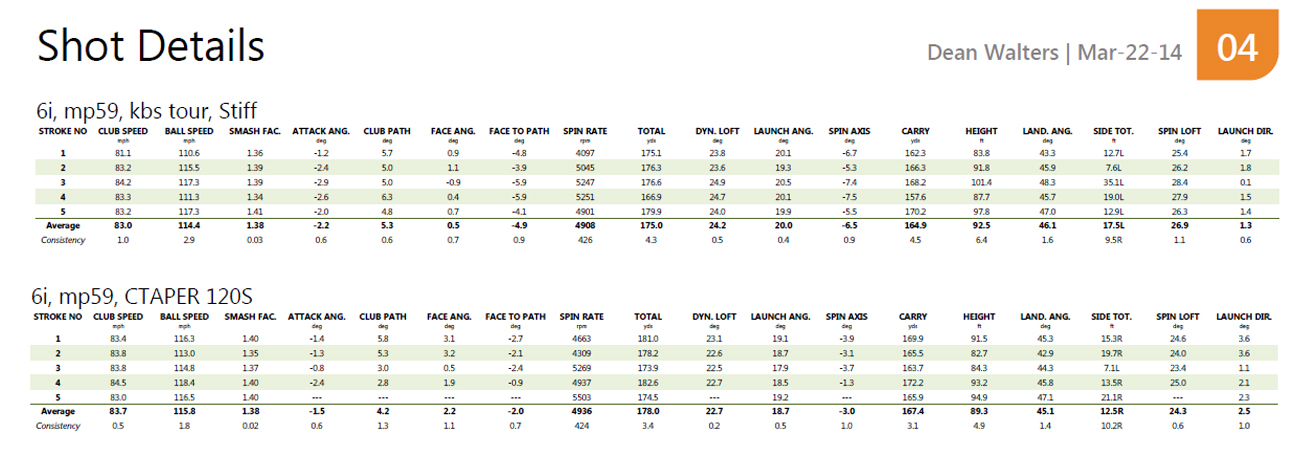
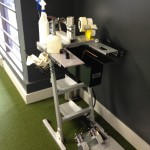
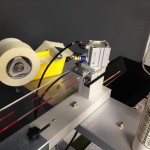
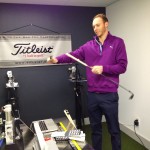
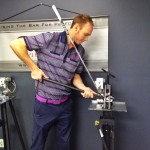
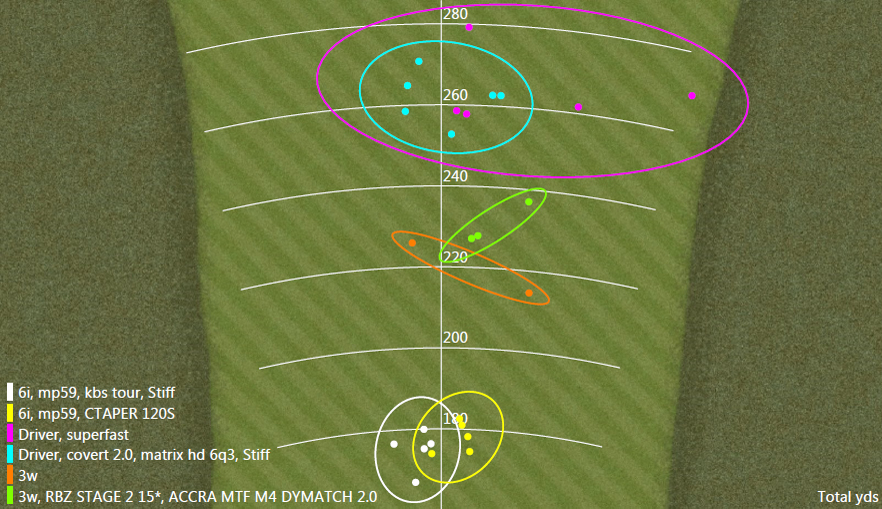


look at the first dispersion chart… first guy ends up hitting his six iron just short of his 3 wood…lol
The same guy that can hit a six iron 210 can only hit his driver 240…what a joke
[…] Download Plan More @ https://www.eighteenunderpar.com […]